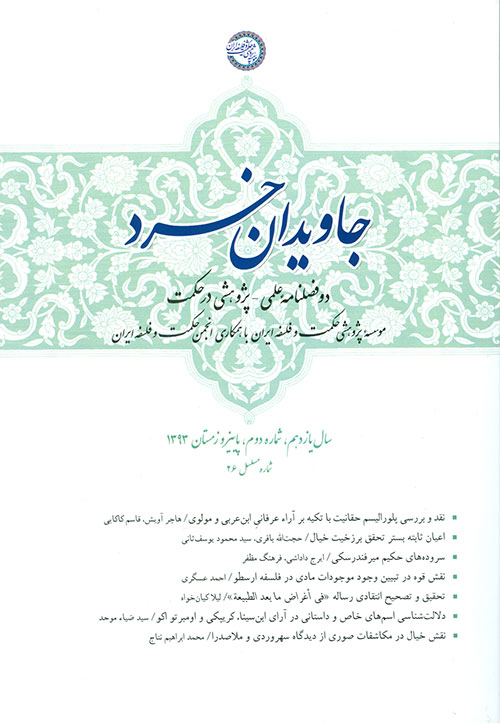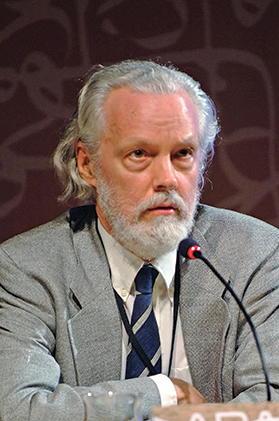Shaykhists and a Treatise on the Cartesian and Newtonian Explanations of the New Astronomy in Early Naserian Period
Keywords:
Copernicus, Newton, ulama and modern sciences, Muḥammad-Karīm Khān Kirmānī, Shaykhism, heliocentrismAbstract
The acceptance of new astronomy in Iran was more due to their technical and military superiority than through the careful examination of calculations and observations of Europeans. Therefore, the Shaykhist leaders opposed the new astronomy based on religious and natural reasons. Muḥmmad-Karīm Khān Kirmānī (1810-1873), one of the Shaykhists leaders, in his Riṣala fī Tazyīf Kitāb Afranjī fī Ḥarakāt al-Aflāk (Treatise on a European Book’s Fraud about the Celestial Motions -April 10, 1853), brings an Arabic summary of a European book have been translated into Persian. This summary includes Copernican and Tycho Brahe’s theories as well as Cartesian vortex theory and Newtonian theory to dynamic explanation of heliocentrism. The latter is a simplified version of proposition I.1 of Newton’s Principia explaining planetary motions around the sun according to the theory of gravity and inertia law. This text should be considered as the oldest document of this proposition in Iran

























